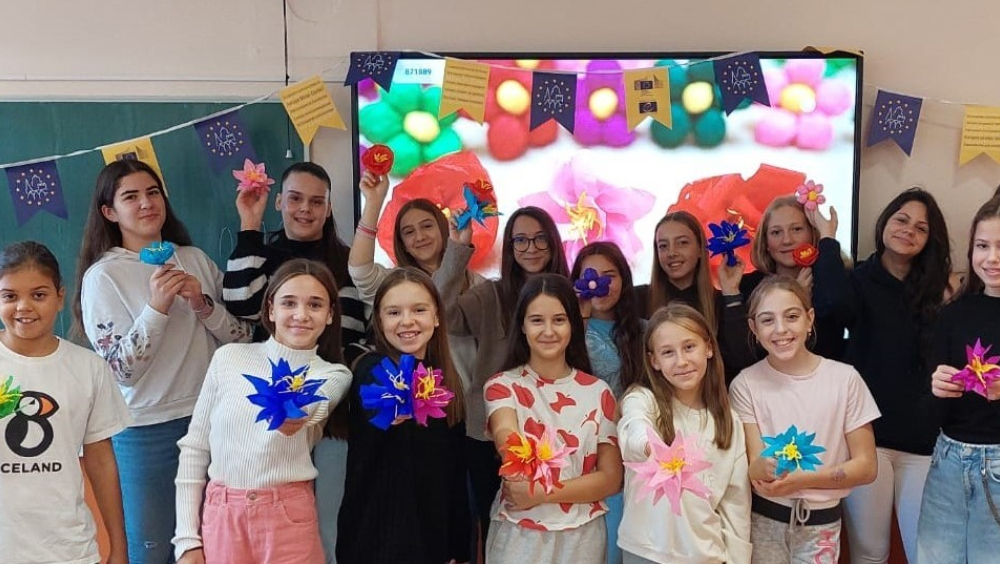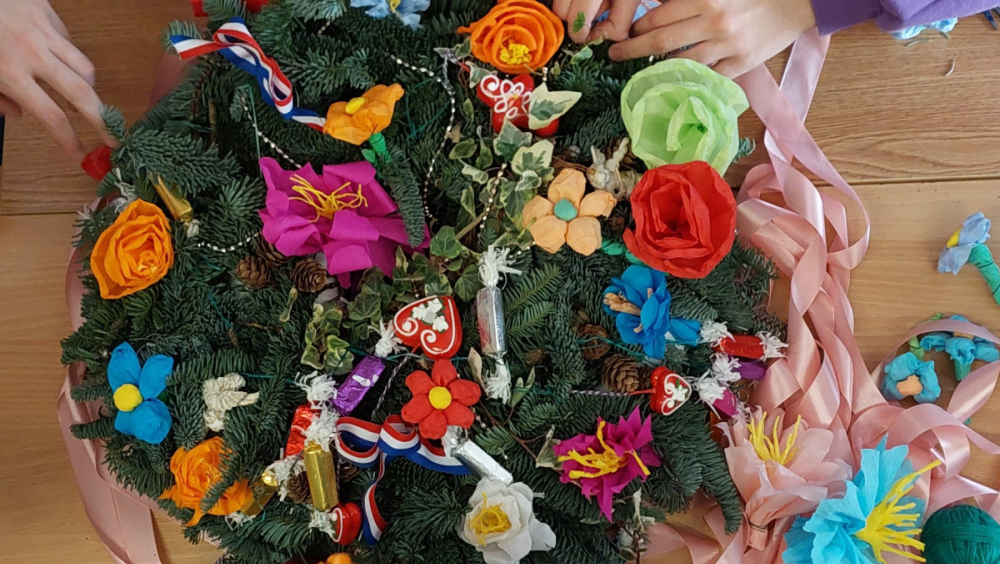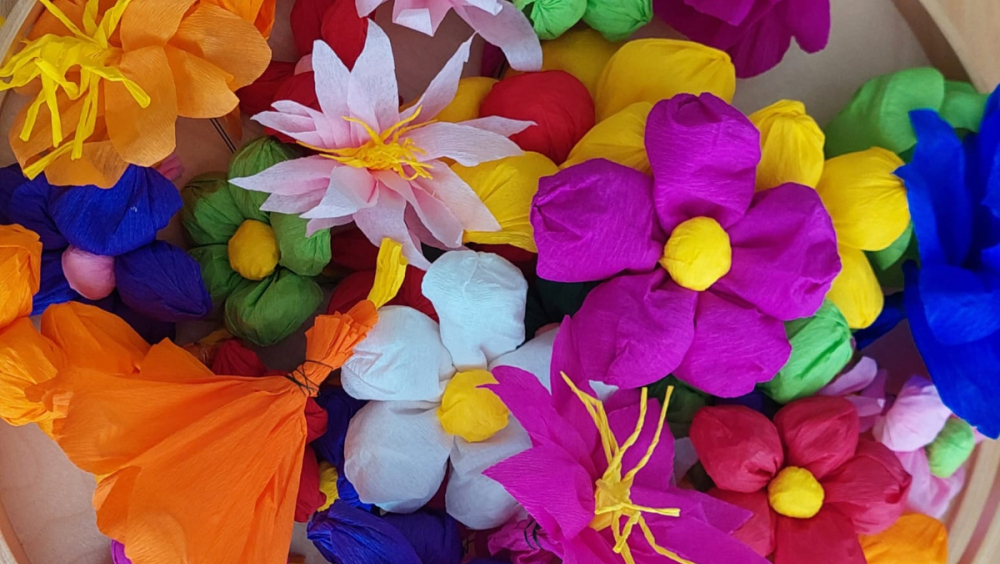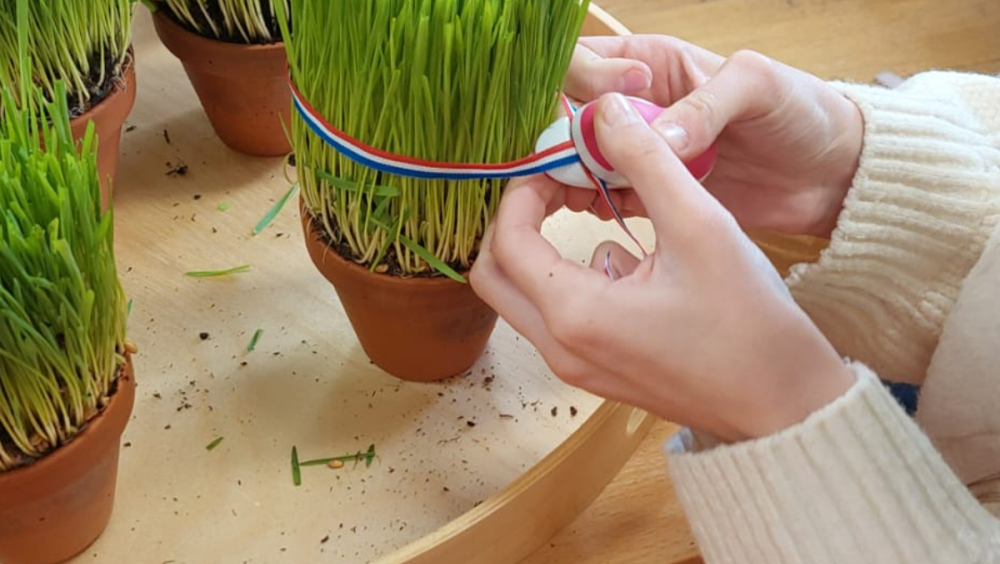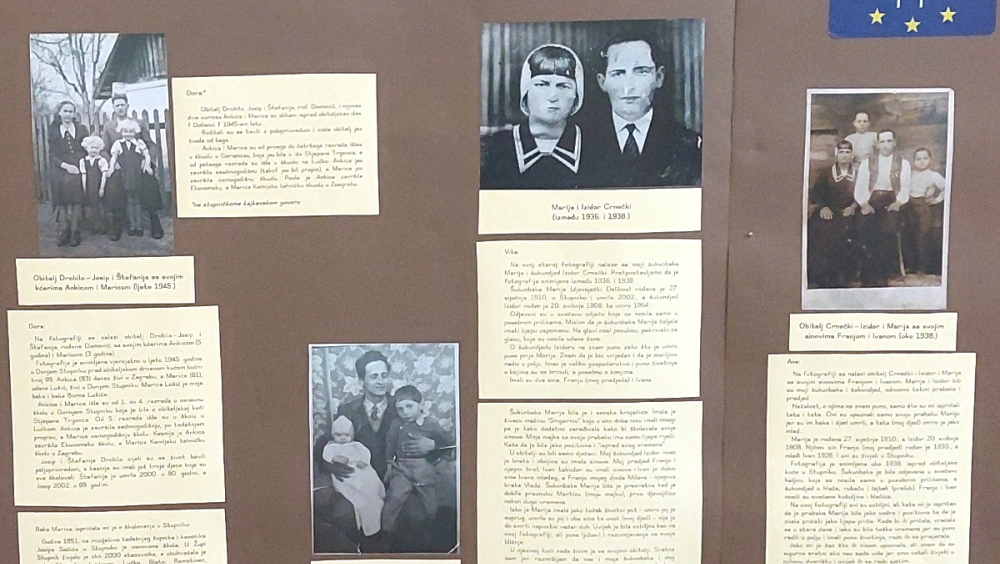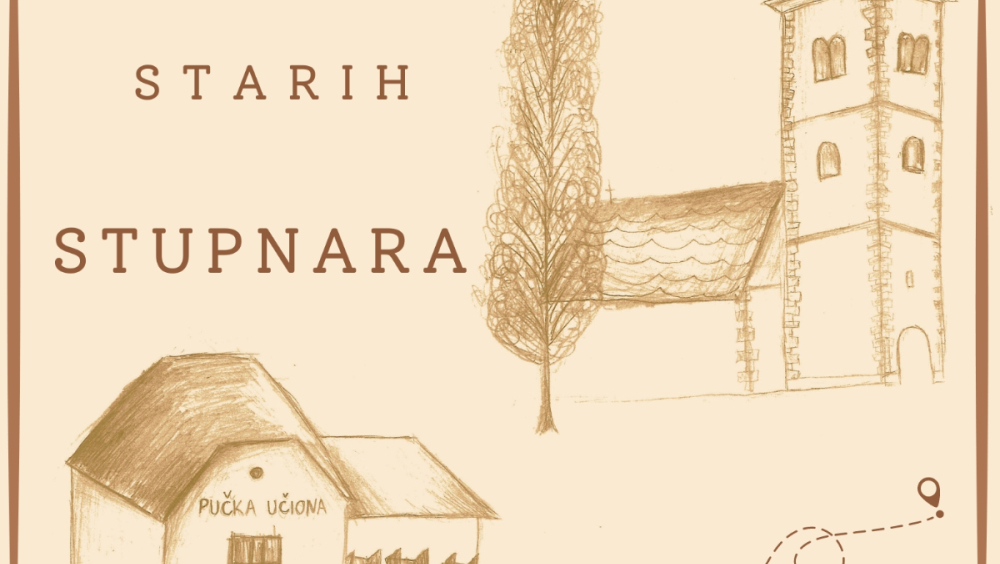A Voyage Through Time: Preserving the Heritage of Stupnik
Deep in the heart of Croatia, the village of Stupnik breathes with a vibrant soul, woven from the melodic whispers of the Kajkavian dialect and the radiant hues of handcrafted "kinč" decorations. Our story is a passionate voyage through time, a burning desire to rekindle forgotten customs and celebrate the enduring spirit that binds our community. "Young Linguists – Heritage Guardians", our devoted school group, is driven by a profound love for our Croatian national identity and heritage. We are passionate explorers of our regional culture, language, and traditions, igniting a deep respect for the legacy of our ancestors. This is not merely a local tale; it is a heartfelt testament to the shared cultural heartbeat of Europe. With boundless enthusiasm, we are forging connections with European schools abroad, building bridges of understanding, sharing our cherished knowledge, and ensuring these traditions echo far beyond our borders. Our project is a testament to the power of small communities to preserve and ignite the flame of their unique heritage, adding a vibrant stroke to the rich mosaic of European culture. By passionately engaging youth and elders, and by wielding modern tools to share our story, we are ensuring these traditions blaze brightly for generations, kindling a profound understanding of our shared European past.
Through our school heritage project "On the paths of the old Stupnars" ("Stupnars" is the old name for Stupnik residents), we strive to preserve the heritage of our homeland, thereby contributing to the overall heritage of our nation, which in turn serves as a guideline for understanding and respecting the cultural diversity of European heritage. The project aims to equip students to recognize heritage elements of their homeland and sensitize them to nurture and preserve these as a segment of sustainable living.
Our exploration began in an old house in Stupnik, built in 1884. The scent of aged wooden planks transported us to a distant past. The craftsmanship of our ancestors is awe-inspiring – a testament to incredible strength and resilience, yet imbued with the warmth of home. Every crevice whispers a story, evoking memories of bygone days. Furthermore, by visiting the protected cultural assets of our village, following the old Roman road and forgotten paths, we shed light on the influences of other European cultures on local architecture and landscape.
We endeavor to preserve the richness of our customs throughout the calendar year, tracking the seasonal shifts and celebrating traditional holidays. By becoming acquainted with our roots, we strengthen not only the sense of belonging to the local community but also the awareness that we are part of a large European family. To introduce as many students as possible to the traditions and customs of our region, we shared our research and knowledge through workshops, involving them in our project.
One of the most interesting holidays is St. George's Day (April 23rd) which was celebrated solemnly in Stupnik. St. George's Day marks the arrival of spring. On the eve of the holiday, bonfires were lit at crossroads in every hamlet, a tradition we participated in and that continues to this day. Branches from pruned fruit trees, corn stalks, or a bit of straw were burned. The size of one's bonfire was a matter of prestige, believed to ward off witches. The entire village gathered around the bonfire. When the flames subsided, young men leaped over the fire, later joined by children. Finally, the embers were used to form a cross in the center. The following morning, cows were led over the ashes, believed to ensure abundant milk. On St. George's Day, children with green twigs in their hats and baskets went from house to house, singing "Došel je, došel, zeleni Jura!" ("Green George has come!"), receiving eggs from the housewives.
The Advent and Christmas season was especially captivating and steeped in tradition. According to the traditions of old Stupnik, Christmas wheat was sown on St. Barbara's Day (December 4th). The wheat was placed in small dishes, sprouting and turning green by Christmas, serving as a festive table decoration. Wheat symbolizes the renewal of life and fertility. Local belief holds that the density of the sprouted wheat foretells the following year's harvest – the denser and greener, the more bountiful the year.
The workshops for making "kinč" are highly popular. "Kinč" is a traditional decoration made from colorful crepe paper, listed as a protected intangible cultural asset of the Republic of Croatia. These traditional decorations (mostly flowers) were cherished in our area, and we wanted to revive these old customs. "Kinč" derives its name from the Hungarian word "kincs" (treasure, value), meaning "decoration, jewelry, beauty". The making of "kinč" began on St. Barbara's Day. Families gathered around the hearth, making paper Christmas decorations. Houses were adorned with "kinč" on Christmas Eve. Several green branches (conifers) were hung from the house beams, usually in the dining room, and decorated with "kinč", Christmas apples, decorative sugar (or silk) candies, and walnuts wrapped in shiny decorative paper, creating a "Christmas chandelier". Parts of the house where holy images hung on the wall were also adorned. Greenery symbolized life and growth in the cold winter. Later, with the advent of the Christmas tree, it too was decorated with "kinč". In addition to Christmas, "kinč" was used for All Saints' Day, St. George's Day, weddings, and funerals (close relatives brought beautiful wreaths of crepe paper roses to funerals).
Language is the cornerstone of every nation's identity. It is crucial to nurture local dialects and preserve them for future generations. In Stupnik, the Kajkavian dialect has shaped the speech of even those who migrated from other linguistic regions, while they, in turn, influence the evolution of the base dialect. The prevalence of other dialects in recent years has led to the gradual disappearance of Kajkavian, prompting us to create a Stupnik Kajkavian dialect dictionary. To create our dialectal dictionary, we are meticulously gathering words through interviews, surveys, and field recordings. This involves recording speech from native speakers in their natural environment, capturing crucial linguistic data, such as pronunciation, intonation, and rhythm. Through this process, we bridge generations, connecting the youngest and the oldest members of our community, ensuring the preservation of our unique linguistic heritage.
We opened the "Stupnik Photo Story" exhibition, a journey through time, revealing the rich history of Stupnik. The students led us through their family stories and presented the old photographs they found. They emphasized how these photos provided an invaluable source of information in the search for customs and traditions in Stupnik for our school project. These photo stories, filled with emotion and nostalgia, transport us to old Stupnik and the lives of our villagers. Photographs not only help families remember their past, shared values, and the people and events that shaped them. They also serve as a valuable resource for future generations to see how their ancestors lived.
The Stupnik heritage project embodies a strong European dimension through its commitment to preserving and sharing local culture. Our initiative fosters collaboration at multiple levels, engaging the local community while promoting broader European understanding through the exchange of knowledge and ideas. A central focus on cultural diversity is evident in the preservation of the Kajkavian dialect, the revival of traditions like "kinč", and the celebration of St. George's Day, showcasing the richness of European folk customs. By exploring the influence of Roman roads and other European cultures on the village’s landscape and architecture, we highlight the interconnectedness of our heritage. Active community participation is paramount, exemplified by workshops, exhibitions, and traditional practices. We view cultural heritage as a vital resource, utilizing historical photos and oral histories for education and community building. Central to our project is the inclusion of youth through the "Young Linguists – Heritage Guardians" group, ensuring the transmission of these traditions. By sharing our culture and actively preserving it, we demonstrate cultural cooperation as a core value. Furthermore, we leverage technology to broaden our reach, using photography and recordings to connect with wider audiences and ensure our unique heritage resonates across Europe.
